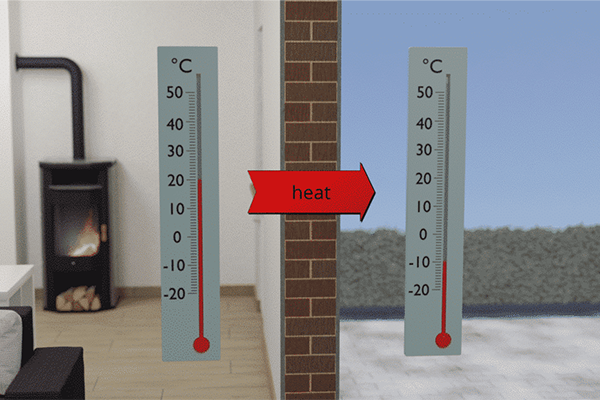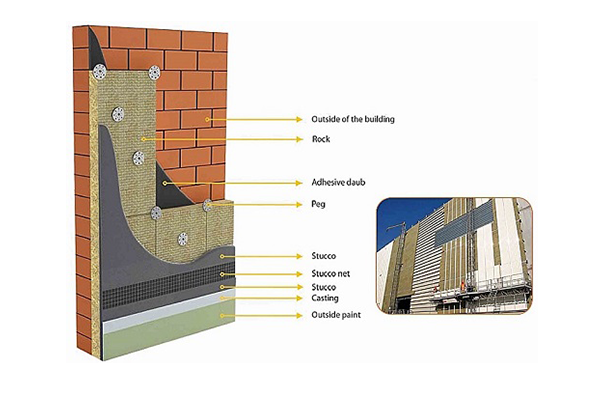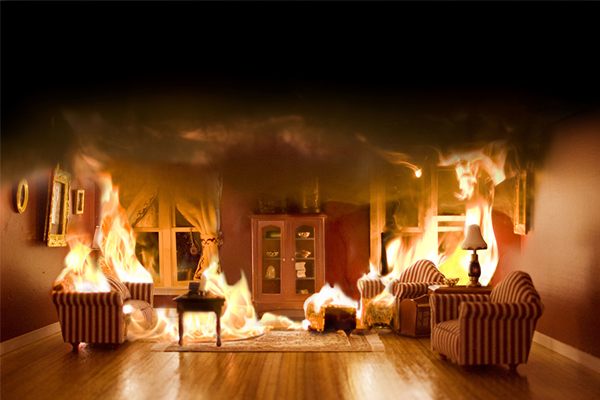The following flowchart illustrate the procedure of selecting an appropriate insulator
Influential parameters must be recognized in advance, and also the selection must be drawn based on them These parameters, to assist in the process of selection, has been listed :However it is upon the designer to decide which parameters are more important, the endeavor has been to name them by respect to their importance.
a. Operating temperature (heat or cold insulation) – Physical Properties of insulator
b. Physical features including Thermal Conductivity, Compressive Strength, and Moister Resistance
c. The quantity of insulation, the environment of insulation including indoor or outdoor, and installation conditions
d. Cost
e. Availability
f. Useful life, the changeability after the useful life, and resistance to eroding and the sunshine
g. Flammability and being poisonous (in case of getting flamed, some of insulator emit poisonous Smoke and steam )
a. Operating temperature
Operating temperature may be known as the most important parameter by considering which an insulator is selected. The normal operating temperature of a thermal insulation is between -75oc to 820oc. Insulations which are designated for temperatures around -75oc are called Cryogenic.Respectively, those insulations which are used in temperatures around 820oc are known as Refractory It is important, when selecting an insulation system, that, the insulation’s operating temperature, available in the technical documentations or other resources, must comply with the temperature of the aimed-at-for-insulation area.
b. Physical features
Thermal Conductivity, Compressive Strength, and Moister Resistance are among the most renowned physical features which are considerably influential on the selection of insulation. The less value insulator thermal conductivity has, the more resistant insulator is to heat and also the insulator is more appropriate and also more economical.
It is noteworthy to mention that Thermal Conductivity tends to rise if the temperature rises. Normally in technical documentations, Thermal Conductivity in ambient temperature (23oc) is provided. So as to calculate the capital return and the benefit of insulation, Thermal Conductivity for practical situations must be considered in the calculations.
Compressive Strength is the capacity of the insulation to withstand pressure (tension). Most of material’s compressive Strength reduce if the temperature rises. Consequently, Compressive strength, In view of the fact that is a function of temperature, is influential on selection of insulation. Normally, the temperature fluctuations has noticeable influence over the Compressive Strength. As a result of that, it is important to bear in mind that insulator must not be under pressure;
however, if in working conditions it is, Compressive Strength in the range of operational temperature must be more than the pressure.
Moister Resistance, which is often calculated by unit perm, is another important parameter which has direct influence over the selection. Penetration of moisture causes a decrease for Thermal Conductivity, and in more harsh situations the insulator may lose its insulating properties. Additionally, too much moisture in a low temperature brings about condensation phenomena. Therefore, if the process temperature is low or the environment’s moisture is high, a resistant insulator to moisture must be selected. It is better to add using Coverage Matric to the list of insulation tasks.sDensity is another affective factor in selection of insulator. However, most of insulators’ density is steady and so selection of the insulator is not a direct function of its density. Nevertheless, some others insulators’ density, like Stone wool, is variable and suppliers of these insulators provide them in different densities.s However, density, which has a direct influence on other parameters including Thermal Conductivity, Moister
Resistance, Compressive Strength, can be considered as effective factor in selection of insulation. On balance, a material with higher density has lower Thermal Conductivity and also higher Moister Resistance and Compressive Strength. Moreover, Thermal Conductivity becomes much less affected by the temperature variations. In the top chart the variation of stone wool thermal conductivity over a number of different densities has been presented.
c. The quantity and the environment of insulation and installation
The quantity and the environment of insulation can have a direct influence in the selection of insulation. Most of insulations are not suitable for very extended areas, or they may cost exorbitant. Moreover, some of installation considerations necessitate the use of some particular insulations. For instance, Irregular and complex insulations, or the area between two wall which have no way out or its accessibility is not easy can only be performed by Injection Insulation.
d,e. Cost and Availability
Cost is among the most important parameters in the selection. Notably, the capital return of insulations are generally more than a year, so it can impose some design limitations. In calculation of insulation cost, the material, workforce installation, and afterwards maintenance costs must be considered. Availability is also an affective factor. It is so common to encounter a situation in which the selected insulation is not available in market or the time in which the supplier can provide it interferes in the project Scheduling.
f. Useful life
Useful life can influence the selection of insulation, however, the useful life of different insulations are approximately equal. Resistance to UV (if the insulation is for outdoor), moisture, Disintegrate, fungal and bacterial pollution, dust, corrosion are important factors to specify the useful life of an insulation. In addition, too long life for an insulation equates the decrease of insulating features. The opposite chart shows the variation of stone wool’s thermal conductivity by two different densities over its life number.





